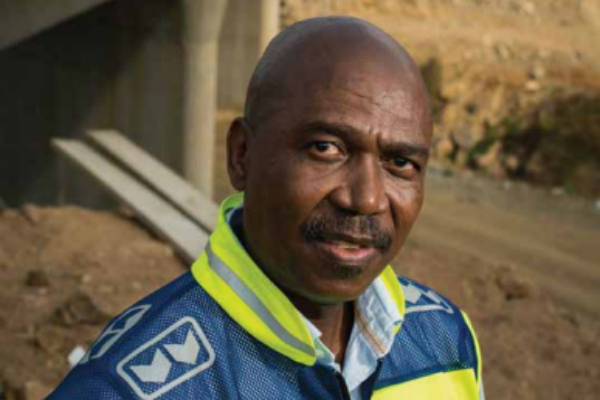Engineering jargon can often be difficult to understand, so we’ve listed a few helpful words to keep you in the conversation.

Road stud – Not a travelling breeding horse. Commonly known as a cat’s eye, a reflector or a delineator, a road stud is the coloured object (white, red or yellow) attached to a paved surface marking out the road’s centreline and edges. Road studs are a safety measure for people travelling on the roads at night as they reflect vehicles’ headlights when it’s dark.
Shoulder – Not a body part. The shoulder is the area of the road beyond the yellow line. It can sometimes be made of gravel and is used for emergency stops.
Footing – Not something you can lose in high heels. Footing is a flat, shallow foundation for built structures. It serves a similar function to actual feet, providing support and balance. And whether we’re talking about dancing in stilettos or erecting a structure, a firm footing is always required in slippery conditions.
Bedding – Nothing to do with thread-count. Bedding is a specially prepared surface of natural gravel and/or processed material used as a platform for laying pipes and structural components. Typical examples of bedding material are stone, gravel and sand. A good, firm bed is necessary for a decent rest.
Apron – Kiss the cook? Not quite. An apron is a smooth surface, generally made of concrete, between a culvert and the stream channel. It’s meant to reduce erosion and improve capacity.
Slab – Just like chocolate, a slab here is a flat, broad piece of structure. Unlike chocolate, it’s made of concrete or wood and is used as a floor or a roof.
Tar road – There is no such thing as a tar road. No, really. The black sticky stuff used in road construction is actually bitumen, a by-product of oil. Tar, a by-product of coal, was discontinued for environmental and safety reasons a long time ago – it’s carcinogenic and causes warts.

